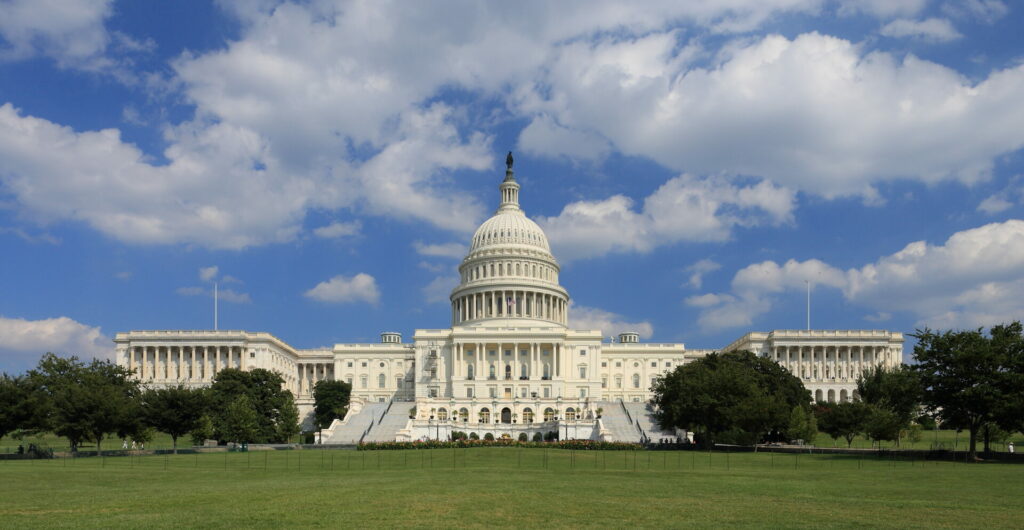The clock is ticking in the United States congress, with US lawmakers yet to reach an agreement on raising the US debt ceiling. If nothing is done, US Treasury Secretary Janet Yellen warned on Monday, then the US could face default by 1 June.
The US Federal Government could soon run out of money to cover its costs, as its finances are set to exceed a maximum federal borrowing limit. To increase the amount of money that the US government can borrow from international banks and financial institutions, congress must agree to either suspend or raise this limit.
Republican House Speaker Kevin McCarthy is currently locked in a struggle with US President Joe Biden over the proposed increase to the borrowing limit.
The Republican Party, which traditionally advocates for reduced government borrowing and spending, are demanding that increased borrowing allowances be linked to caps on government spending, as well as other Republican policy issues. A 320-page plan proposed by the Republicans proposes to slash government spending by $4.5 trillion by 2033.
The US President recently met with the heads of the Senate but failed to come to an agreement, but talks are in progress to help prevent a default.
Debt economy
Over the past 100 years, the US federal debt has increased from just over $400 billion in 1922 to $31 trillion in 2022. This high level of debt is capped by congress, who must approve any increase to the upper limit. The US borrows to meet its existing obligations, such as welfare programmes and government salaries.
While the US congress has repeatedly raised this limit, over 78 times since the 1960s, politicians now have just a few weeks to approve a proposal to raise the limit. If they fail to do so before 1 June, the global economic implications will be enormous. As the world’s largest economy, a US default could cause a string of defaults and failures across the global financial system.
Any default would decimate the US’ reputation as a reliable borrower, lowering its credit rating, and could significantly devalue the dollar, which is used as a means of trade for many financial systems. Some experts now predict that the consequence would be worse than the financial crisis in 2008, which was triggered by the collapse of Lehman Brothers Bank.
Related News
- Budget blues: Belgium will break EU fiscal rules in 2024, study shows
- US could default on debt as early as 1 June, Treasury Secretary warns
In the event of default, Moody’s predicts that US GDP could drop by as much as 4%, $12 trillion in household wealth could be wiped out on the stock market, and a wave of layoffs would affect US and international companies. If debt instruments issued by the US Treasury cease to be considered as a safe bet, then interest rates could rise further, affecting the international cost of borrowing.
However, this is not the first time that the US has come close to the predicted “X Date”, where the government no longer has the borrowing capacity to meet its obligations.
A similar standoff in 2011 resulted in an agreement to raise the debt ceiling. This lack of decisive action, however, comes at a cost. In 2011, the impasse raised the cost of government borrowing by approximately $1.3 billion. Further delays to any agreement this year will undoubtedly have a similar inflationary impact.

